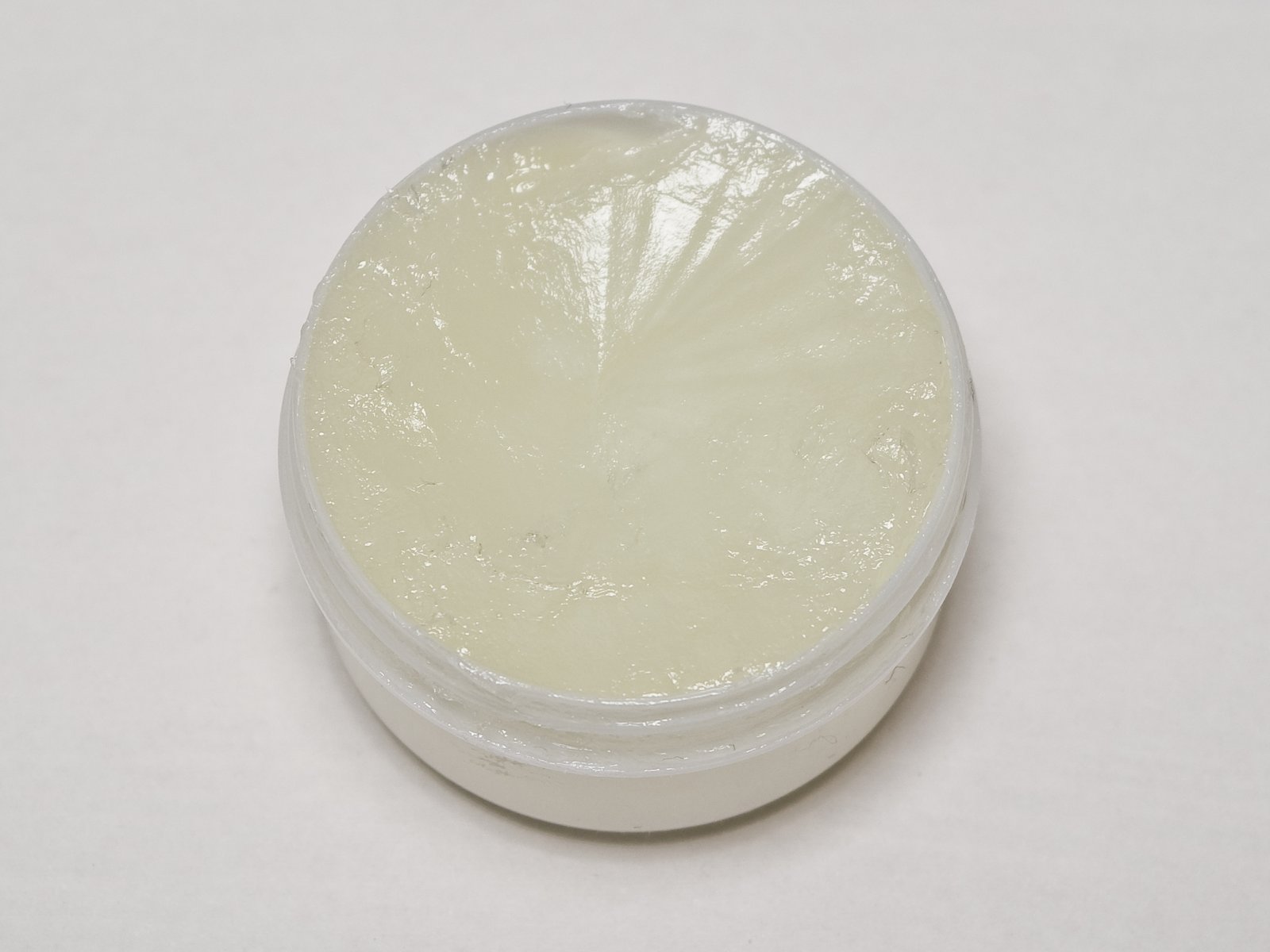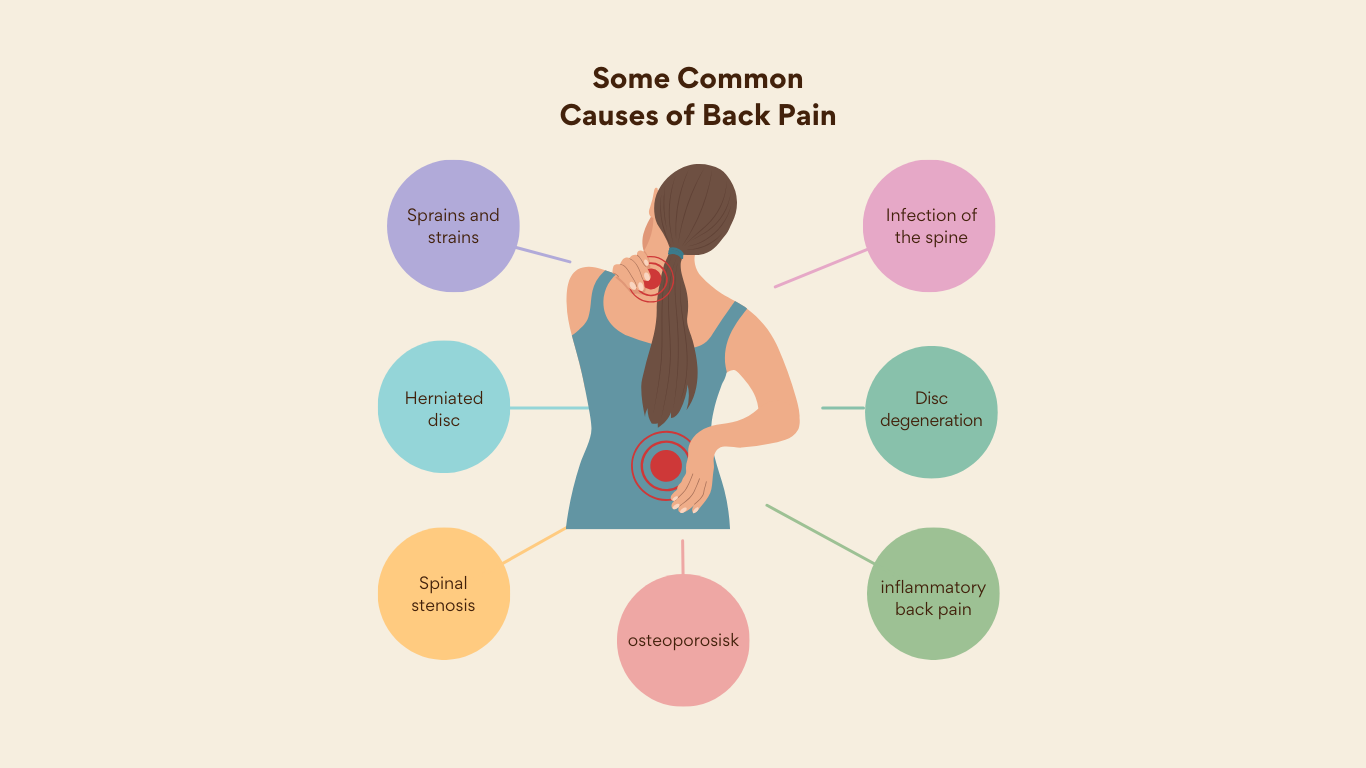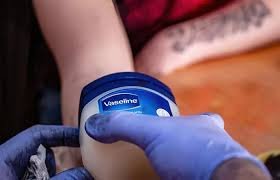Even with a licensed tattoo artist and proper aftercare, your skin can show unexpected reactions—some weird effects appear immediately, while others take weeks or years to start happening.
Infection
When it’s likely to appear:
- Infection risks exist both immediately after your tattoo session and can emerge days or even months after being inked
Signs of an infection:
-
- Normal healing process: Expect temporary redness, swelling, sore skin, clear fluid oozing, mild itch, flake-ink, and scabs that form as your tattoo heals
- Infection signs: When your skin reacts differently – redness turns darker/spreads (not lightening), pain worsens (not subsiding), plus rash, itchy red bumps, fever, chills, shivering, pus, or open sores
Take action:
Don’t ignore signs of infection – if you notice troubling symptoms, see a doctor or board-certified dermatologist immediately, as early treatment prevents damage to both your health and tattoo appearance.
Rash: Allergic reaction to an ink
When it’s likely to appear:
- Allergic reactions can strike immediately, appear after weeks/years, or emerge decades later, especially following medical treatments like antiretroviral therapy for HIV or joint-replacement surgery
Signs of an ink allergy:
- Ink allergies often target one specific color (with red being the main culprit), causing allergic reactions like redness, swelling, intense itch, small pimple-like bumps, raised scaly patches, deep lumps, blisters, skin crusts that flake off, or watery fluid leaking from the tattoo
Take action:
For serious reactions involving trouble breathing, racing heart, chest tightness, dizziness, lightheadedness, or full-body symptoms, seek immediate medical care – these indicate a potentially life-threatening allergic reaction to your tattoo. With mild or moderate reactions (just inked skin issues like hives, flushing, intense swelling, or serious pain), first consult your tattoo artist, then see a board-certified dermatologist if problems persist beyond 1 or 2 weeks.
Rash: Temporary tattoo
When it’s likely to appear:
- Allergic reactions to tattoos (especially from black dye containing PPD chemical) may appear anytime within 3 weeks after inking
Signs of a reaction:
- Watch for allergic reactions to temporary tattoos showing redness, swelling, intense itch, pain, tiny bumps, scaly raised skin, blisters that may leak, loss of skin color, or scarring, with some people experiencing dizziness, fainting, or stomachache
Take action:
For serious reactions to your tattoo – like trouble breathing, racing heart, chest tightness, dizziness, lightheadedness, intense swelling, or full-body symptoms – seek immediate medical care; with mild reaction symptoms (just flushing, hives, or localized serious pain) that last beyond 1 week, consult a board-certified dermatologist for proper treatment.
Rash: Sun allergy
When it’s likely to appear:
- Some people develop a sun allergy on their inked skin, where a reaction occurs whenever sun’s rays hit their tattoo
Signs of a sun allergy:
- A sun allergy on inked skin can develop within minutes to hours of exposure, showing swelling, redness, an itchy rash with tiny bumps, blisters, or hives around your tattoo
Take action:
Dermatologists recommend applying broad-spectrum protection sunscreen (at least SPF 30 or higher with water resistance) to all exposed skin 15 minutes before going outdoors, covering your tattoo with tightly-woven clothing (check by holding it to bright light – if no light passes through the fabric, it offers good sun protection), and seeking shade to reduce sun exposure and prevent rash or damage to your skin and ink.
Skin disease appears
When it’s likely to appear:
- For those with genes for psoriasis, a tattoo can trigger a flare or reveal skin diseases like skin cancer, with signs appearing as soon as three days, typically within 10 to 20 days after being inked, or even years later
Signs of skin disease:
- Tattoos may trigger skin conditions like psoriasis, eczema, vitiligo, lichen planus, keloids, sarcoidosis, scars, or even skin cancer, with visible signs appearing around the inked area
Take action:
If you have a tendency to develop scars or keloids, reconsider getting a tattoo as scarring can ruin its appearance; if you notice existing scars or signs of skin disease, book an appointment with a board-certified dermatologist who can minimize scarring, diagnose the condition, and create a personalized treatment plan.
MRI burn
When it’s likely to appear:
- MRI scans can cause rare but serious burns on tattooed skin, though this reaction is uncommon
Signs of a reaction:
- While most burns from tattoo ink or permanent makeup are mild (causing pain, redness, and swelling), some serious burns have been reported
Take action:
If you have tattoos or permanent makeup, inform the technician before your MRI to prevent potential burns; if you feel any burning or stinging sensations on your tattooed skin during the procedure, alert them immediately to stop the scan.
How to find a dermatologist in your area
Whether you’re in the United States, Canada, Mexico, or anywhere else in the world, you can locate a qualified dermatologist through the Find a dermatologist service for professional tattoo reaction treatment.




